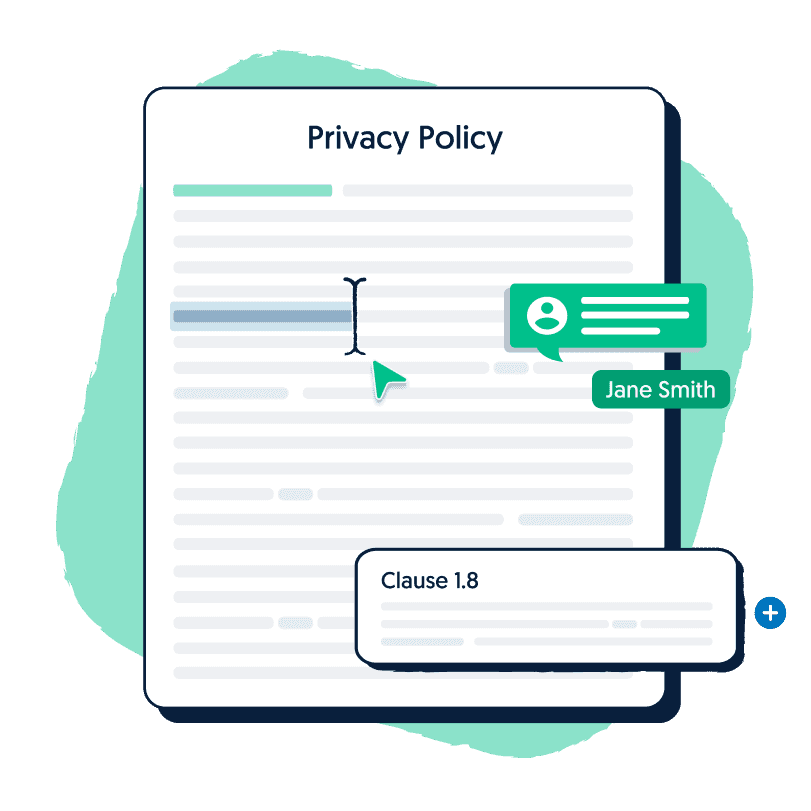Communications and legal business professional with experience working in top-tier global law firms, high-growth startups, and legal technology across APAC, the UK and US. Currently the B2B Relationship Manager at Pogust Goodhead, a global class actions law firm specialising in ESG, consumer, competition and human rights law with offices across the United Kingdom, Europe, United States, and Latin America. Formerly a practising NSW lawyer and Content Manager at Lawpath.
Having a privacy policy on your website has multiple benefits. Not only will you be ensuring that your business is legally compliant, visitors to your website will feel secure knowing that their information is being taken care of. However, completing your document isn’t the end of the road. Here, we’ll outline 3 things you should do after completing your privacy policy.
1. Put your policy in a clear and accessible location
It’s important that visitors to your site can easily see your privacy policy. One good option is to have a notification about your policy pop up when someone visits your website. From there, users can click through to read the policy in full. Alternatively, you can have it accessible from your home page, either in your menu or at the footer of your page. This is a crucial first step because your users will be properly informed of how you will manage their data. Further, ensuring that your customers read and agree to your terms will indemnify you if this information becomes compromised.
2. Include a terms and conditions of use document on your site
A terms and conditions of use document serves two functions which are integral to running a successful commercial website.
Firstly, your terms and conditions will outline details relating to:
- Payment
- Refunds, exchanges and cancellations
- Delivery of goods
In addition, your terms of use will detail how users can behave on your site. For example, you may wish to ban users who make offensive comments or misuse content on your site. Having these two policies combined in the one document is ideal for businesses which also operate online, as this will prevent you from having to implement two separate policies.

Get a free Privacy Policy when you sign up to Lawpath today.
A Privacy Policy is required by law in certain circumstances. It outlines how your business will use, store and collect your customers information.
3. Have a response plan in place
Advancements in technology have also unfortunately led to advancements in how information can be stolen or misused. Although your privacy policy will inform users about how you will handle their information, you should also plan your response if a breach does occur. This may be through having cyber insurance or implementing a process your business will follow. Some things to keep in mind are:
- How will you notify users that information has been compromised?
- What are your methods of damage control?
- How would you lessen the risk that this would occur again?
One of the biggest threats to a business’s reputation is a hack or data breach. Having a response plan will allows your business to respond quickly and effectively, minimising the impacts on both your customers and your business.
Finally
Having a privacy policy in place is a great first step to ensuring that your online business is secure. However, after completing Your privacy policy there are further measures you can take to ensure that your customers’ information is safe. If you have further questions about securing your business online, we recommend getting in touch with a business lawyer.

Get a fixed-fee quote from Australia's largest lawyer marketplace.






